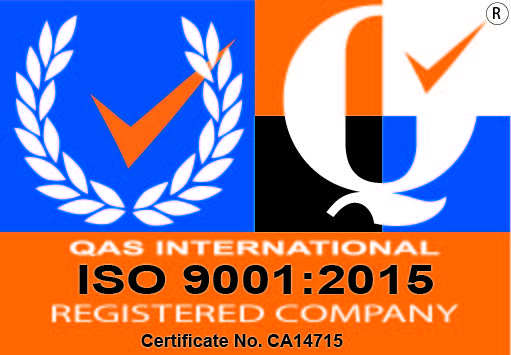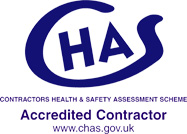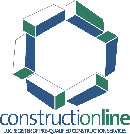Magnesite Floor Screeds
Magnesite Flooring, what it is and where it was used
The proper name for Magnesite is Magnesium Oxychloride, it is a white asbestos that was used in flooring in the not too distant past. Although Magnesite is rarely used in flooring screeds today, it was extremely popular from the 1920's to the 1940's for domestic applications. A considerable number of Local Authority houses that were built between 1945 and 1960 also had a lot of Magnesite used in their construction.
What does Magnesite flooring look like?
Magnesite flooring usually takes the form of a reddish pink coloured floor. This does not necessarily mean that all floors that are this colour contain Magnesite as some floors were coloured by coloured pigments being added. It used to be applied on top of concrete ground floors.
How Magnesite was made
Magnesite flooring was made from a mixture of calcined magnesite and magnesium chloride solution with an array of other fillers. This was where the problem arose, as apart from wood, flour and sawdust, asbestos was frequently added as an ingredient. It would have usually been laid ten to twenty five millimetres thick, but often two coats were used, making the overall coating up to fifty millimetres thick.
Magnesite floorings are prone to getting damp and they should be replaced if such a situation should arise. The chlorides in the magnesite flooring sometimes find their way into the concrete floor beneath and may even corrode the floor reinforcements or gas and water pipes that are present. Very few magnesite floors remain viable as it is very difficult to guarantee that they will remain moisture proof, if this guarantee can't be given, they should be replaced.
Identifying a Magnesite floor
Simply going by the colour of the floor screed is not a reliable method, as many screeds use pigmented sand and cement. A good way to determine whether you have a Magnesite floor is to ascertain whether it is electrically conductive, as Magnesite floors screeds are. This is achieved with an electrical resistance moisture meter and this will give you a full scale damp reading even when the flooring is perfectly dry. Another way is to hold a small lump of the screed in a gas flame, if it is magnesite, it will glow brightly around the edges.
A lot of older properties may still have magnesite flooring
As stated above, magnesite isn't used much anymore, but because it was present in a lot of older buildings, it means that building contractors could come across it, so knowing how to deal with it is very important.
Magnesite was used quite a lot in flooring in the past and it is the properties that are sixty or more years old that could still have it present. Magnesite flooring screeds were predominantly used in industrial buildings as it was known to be resistant to oil spillages.
Because Magnesite is water soluble, it will return to its previous state should it be exposed to enough water. Magnesite is also quite flexible, meaning that it is not suitable to be overlaid with a smoothing compound, making it unsuitable to be used with all types of floorcovering. A flexible floorcovering such as carpet can be used, but problems may occur with resilient coverings. These factors mean that magnesite is a difficult material to work with for refurbishment and renovation projects, particularly where a change of use is required.
Although magnesite was quite a popular material many years ago, the introduction of more modern, safer and durable subfloor products has meant that magnesite has fallen from favour.
When building contractors do discover a flooring screed that contains magnesite, the chances are that it was installed many years before and is now showing definite signs of wear and tear. The best thing to do in this case would be to carefully remove the magnesite and lay a new floor in its place. Removing the old floor will clearly take some time, but by laying a new damp proof membrane and a smoothing compound capable of offering a deep fill to replace the magnesite, will mean the subfloor is far more suitable for modern use.
Further Information
If you would like to know more or are interested in a quote we would be happy to help. Phone us on 07730 446 224, email us at info@survey-safe.com or fill in our enquiry form and we will be in touch as soon as possible.
Survey Safe® - 07730 446 224 - info@survey-safe.com
Registered Office: Wagstaffs, Richmond House, Walkern Road, Stevenage, Herts SG1 3QP
Survey Safe® :: 07730 446 224
Survey Safe®
07730 446 224
Areas we cover
Areas we cover in London :: A
Areas we cover in London :: B
Areas we cover in London :: C
Asbestos articles
Asbestos: A possible cure being developed for Mesothelioma
Asbestos: The importance of regular staff medicals
Mesothelioma and Asbestosis: A comparison
86 per cent of school buildings contain asbestos
Workplace exposure limits
Controlling noise at work
Legionella risk
Asbestos re-inspection
Asbestos related products
Magnesite floor screeds
Asbestos in vermiculite
Chrysotile fuse carriers
Asbestos air monitoring
Asbestos cement roofs
Surviving mesothelioma
Cancer deaths from asbestos at all time high
Asbestosis
Asbestos exposure at ground zero after 9/11
Asbestos insurance claims
More asbestos related prosecutions
New asbestos regulations introduced
Asbestos contractor fined
Asbestos is a hidden health hazard in millions of homes
Asbestos exposure
Contractor fined for removing asbestos in an open wheelbarrow
Past and present uses for asbestos
Asbestos filters used in cigarettes
Privacy policy
Website map


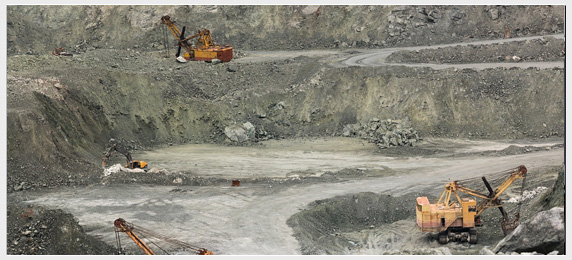
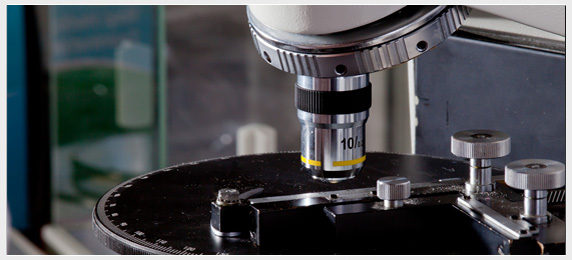

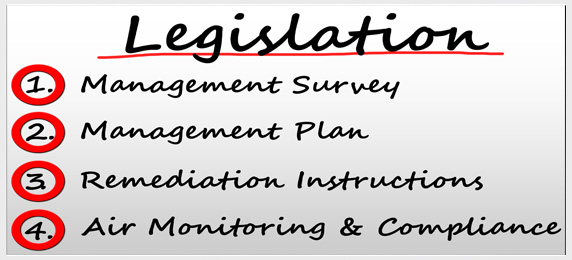
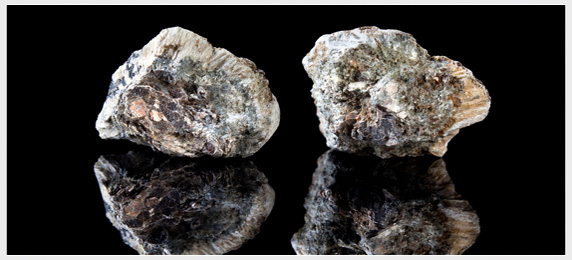
 1
1 2
2 3
3 4
4 5
5

